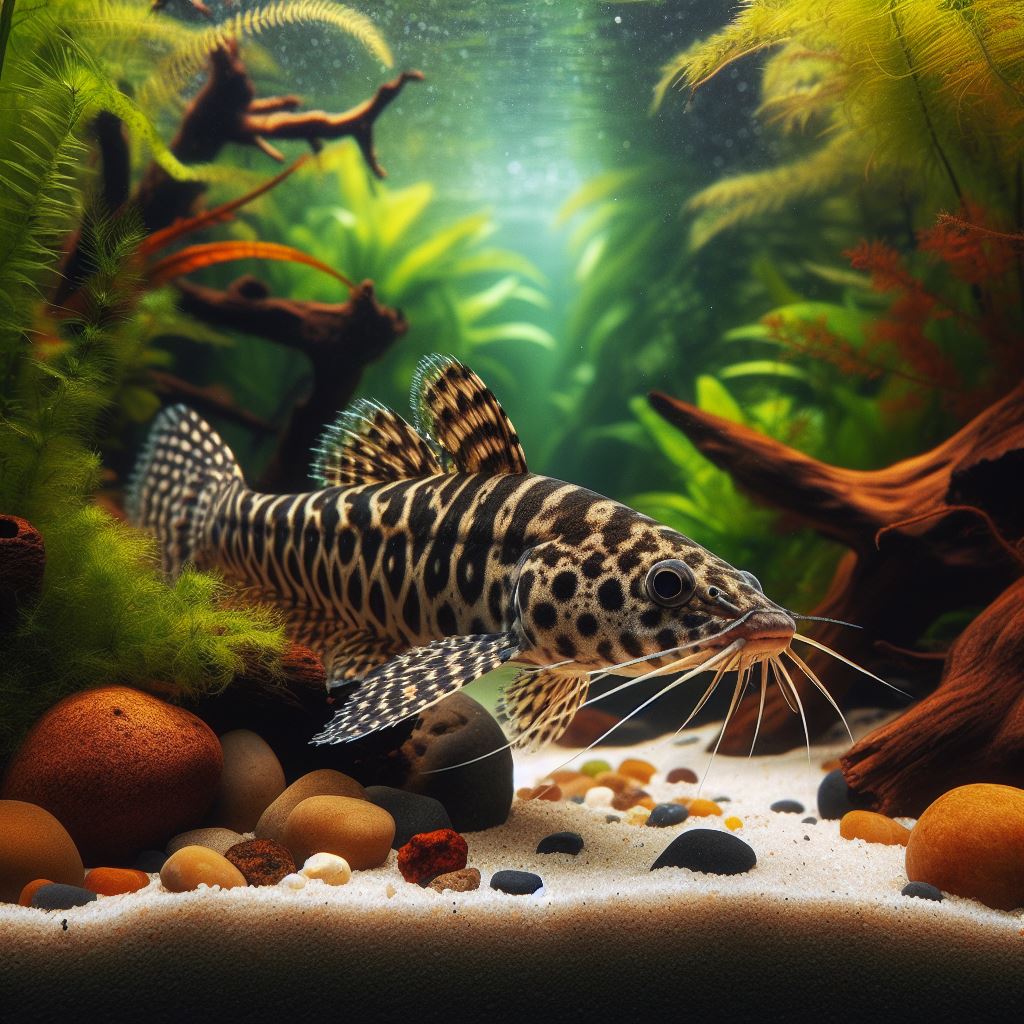Hillstream loaches are a fascinating group of freshwater fish that are known for their unique adaptations and interesting behaviors.
With over 100 species to choose from, each with its own distinct characteristics, hillstream loaches make for a captivating addition to any aquarium.
I will explore the different types of hillstream loach, their habitat, care requirements, and more.
Whether you are a novice fishkeeper or an experienced aquarist, this comprehensive guide will provide you with all the information you need to know about the types of hillstream loach.
Types of Hillstream Loach
Hillstream loaches belong to the family Balitoridae and are native to fast-flowing streams and rivers in Southeast Asia.
They are known for their flattened bodies, which enable them to cling to rocks in fast-moving water.
Let’s take a closer look at some of the most popular types of hillstream loach:
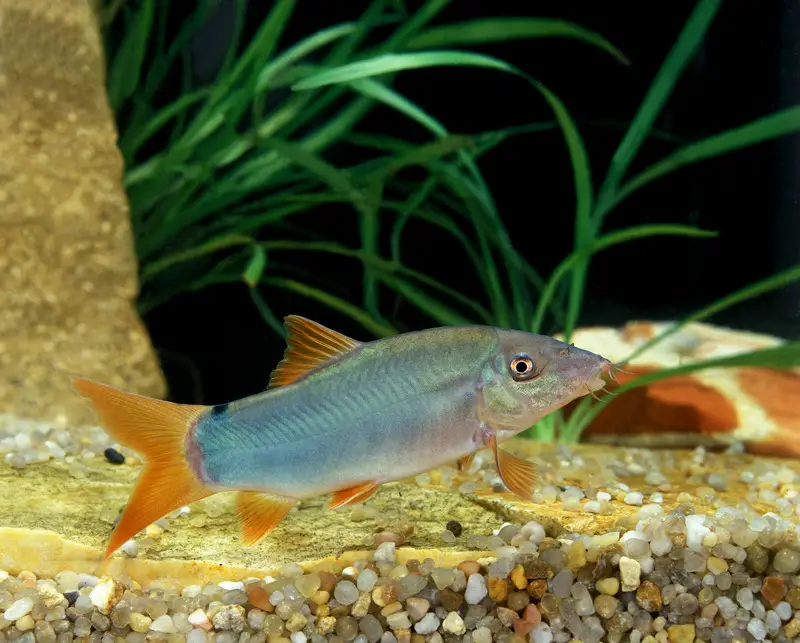


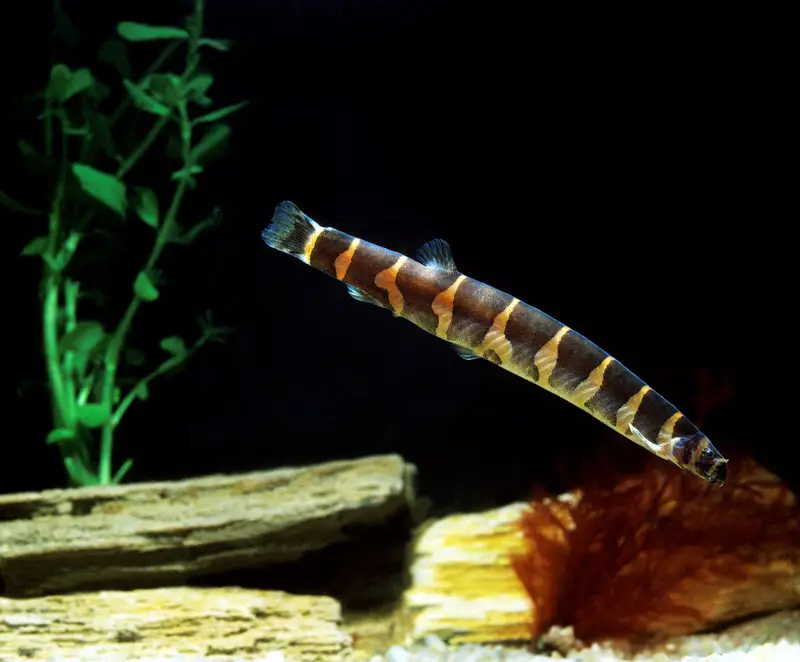

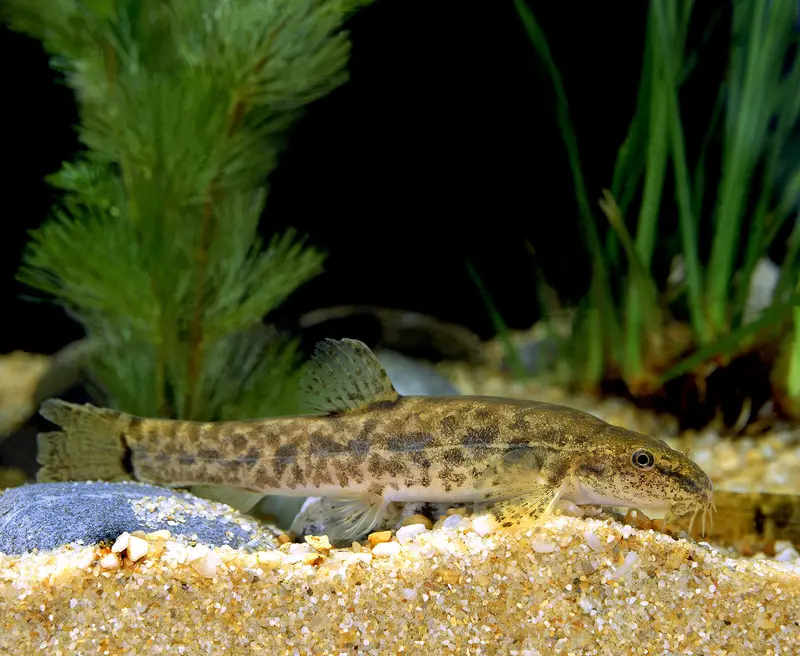

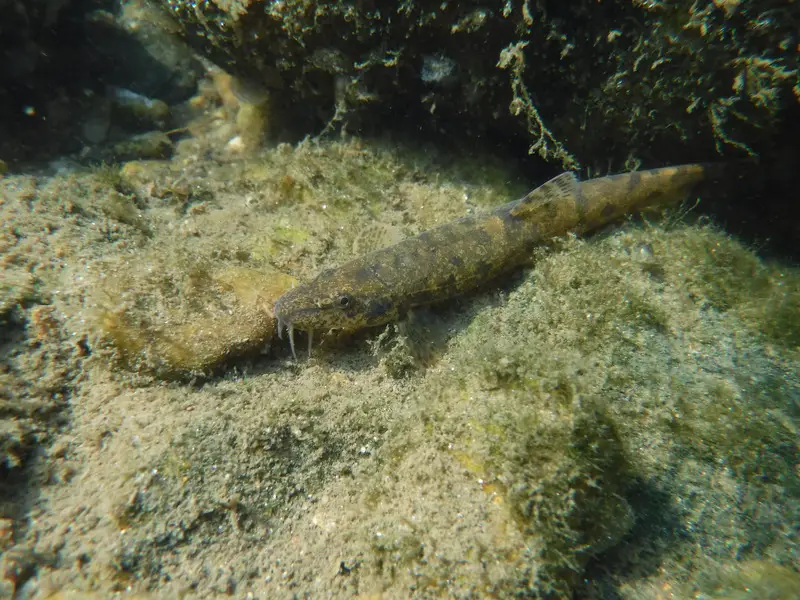
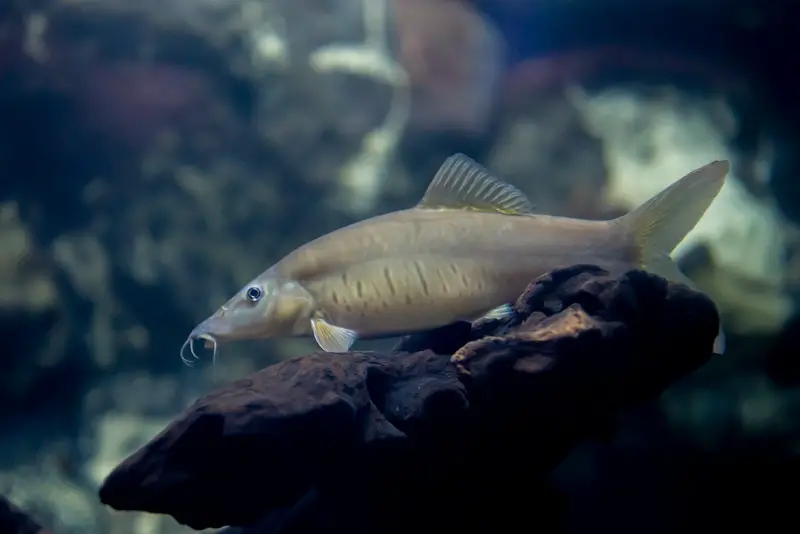

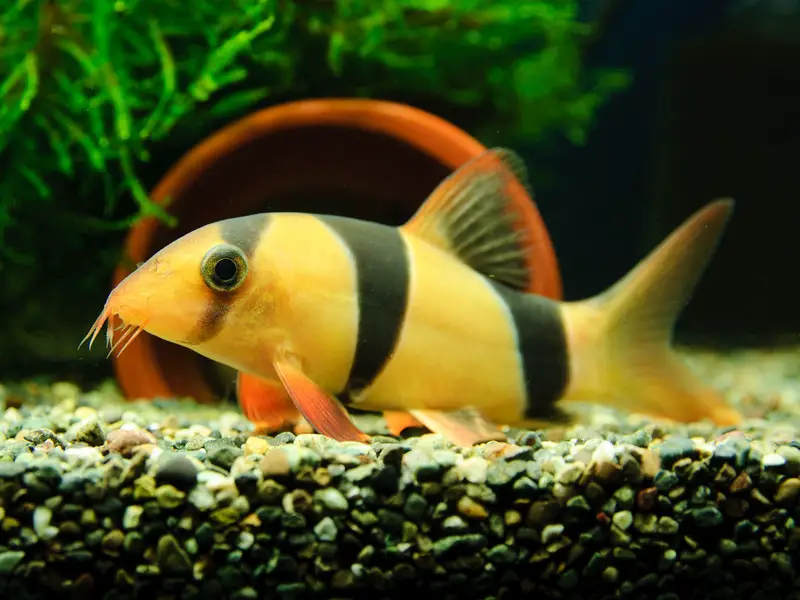
Borneo Sucker Loach (Gastromyzon punctulatus)
The Borneo Sucker Loach, also known as the Butterfly Hillstream Loach, is a beautiful species that originates from the rivers of Borneo.
It has a stunning pattern of dark spots on a light background, resembling the wings of a butterfly.
This species prefers cooler water temperatures and requires a well-oxygenated aquarium with plenty of hiding spots.
Chinese Hillstream Loach (Beaufortia kweichowensis)
The Chinese Hillstream Loach, also called the Butterfly Loach, is native to the rivers and streams of China.
It has a slender body with a mottled brown coloration and distinct black markings.
This species is well-suited for planted aquariums with moderate water flow and thrives in temperatures between 68°F and 78°F.
Sewellia Lineolata
Sewellia Lineolata, commonly known as the Reticulated Hillstream Loach, is found in the rivers of Vietnam.
It has a unique pattern of black and white stripes, which helps it blend in with its rocky surroundings.
This species is an excellent algae eater and prefers a well-oxygenated aquarium with a moderate current.
Schistura balteata
Schistura balteata, also known as the Zipper Loach, is a small species of hillstream loach found in Thailand and Laos.
It has a distinctive pattern of dark spots and lines that resemble a zipper, hence its common name.
This species is relatively hardy and can adapt to a wide range of water conditions.
Homaloptera species
Homaloptera species, commonly referred to as the Hillstream Loach or Lizard Loach, are found in various parts of Southeast Asia.
They have a unique appearance with a flattened body and a row of bony plates along their sides.
These loaches are best kept in well-established aquariums with fast-flowing water and plenty of hiding places.
Care Requirements for Hillstream Loaches
Hillstream loaches have specific care requirements that need to be met in order for them to thrive in captivity.
Here are some important factors to consider when setting up an aquarium for hillstream loaches:
Tank Size and Setup
Hillstream loaches require a spacious aquarium with plenty of swimming space and hiding spots.
A tank size of at least 20 gallons is recommended for a small group of hillstream loaches.
It is important to replicate their natural habitat by providing a rocky substrate, caves, and plenty of smooth rocks to cling to.
Water Parameters
Hillstream loaches prefer cooler water temperatures ranging from 68°F to 78°F.
They also require a high level of dissolved oxygen, which can be achieved by using a powerhead or air stone to create strong water movement.
The pH level should be slightly acidic to neutral, ideally between 6.5 and 7.5.
Filtration and Water Flow
Proper filtration is crucial for maintaining good water quality in a hillstream loach aquarium.
A canister filter or a sponge filter is recommended to provide mechanical and biological filtration.
Additionally, a powerhead or wavemaker can be used to create a moderate to strong water flow, simulating the natural river currents.
Diet and Feeding
Hillstream loaches are omnivorous and have a varied diet in the wild.
In captivity, they should be offered a combination of high-quality sinking pellets, frozen or live foods such as bloodworms and brine shrimp, and algae-based foods.
It is important to provide a balanced diet to ensure their nutritional needs are met.
Tankmates
When choosing tankmates for hillstream loaches, it is important to consider their specific requirements and temperament.
They are generally peaceful fish but may become territorial during breeding.
Suitable tankmates include other peaceful species that can tolerate the fast water flow and similar water parameters.
Maintenance and Water Changes
Regular maintenance is essential to keep the aquarium environment clean and healthy for hillstream loaches.
Weekly water changes of 25-30% are recommended to remove accumulated toxins and maintain stable water parameters.
It is important to use a dechlorinator to treat tap water before adding it to the aquarium.
Conclusion
Hillstream loaches are unique and captivating fish that can bring a touch of nature’s beauty to your aquarium.
With their flattened bodies and ability to cling to rocks in fast-flowing water, they are truly fascinating to observe.
By understanding the different types of hillstream loach and their care requirements, you can create a suitable and thriving environment for these amazing creatures.
